The battle for the car between Apple, Google and Microsoft has ignited this year with the launch of Apple’s CarPlay and Google’s Android-based Open Automotive Alliance.
Car manufacturers are lining up behind their respective technology banners, with each one pledging allegiance to one or another. Some sit across multiple camps, but others are steadfastly pro-Apple or pro-Google, with Microsoft and the others looking like they’ve been left holding mouldy cheese.
The Apple CarPlay camp
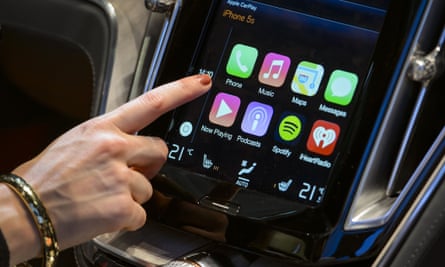
CarPlay is Apple’s latest move into the in-car entertainment and information systems. It is an evolution of its previous car connectivity, which saw music pulled from iPods and iPhones into car stereos via the dock connector.
It uses Apple’s new Lightning Connector, which means it is only compatible with the iPhone 5, 5S and 5C, but allows far greater connectivity, including the ability to power the navigation system of the car, place calls and read messages aloud as well as command the car and the iPhone via Apple’s voice assistant Siri.
Apple announced the new technology at the International Motor Show in Geneva this week, along with a large list of car manufacturers which are soon to adopt Apple’s in-car systems.
Ferrari, Mercedes-Benz and Volvo were the first to announce that CarPlay would be fitted to certain new cars in 2014. BMW, Ford, General Motors (Vauxhall in the UK), Honda, Hyundai, Jaguar, Land Rover, Kia, Mitsubishi, Nissan, Peugeot, Citroën, Subaru, Suzuki and Toyota, also all announced that they are working on integrating Apple’s CarPlay into vehicles further down the road.
The Google camp
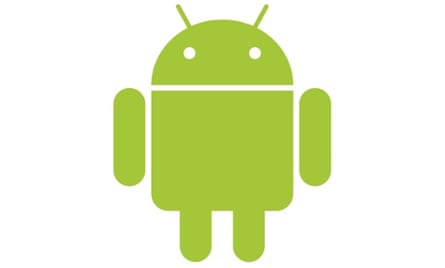
In January, Google launched its own assault on the in-car space called the Open Automotive Alliance (OAA). As Google’s involvement might suggest, the OAA’s aim is to bring the Android platform to cars in 2014 in a meaningful way – not just installing Android from a phone into the car but to tailor it specifically to the in-car experience.
“The Open Automotive Alliance is a group of leading automakers and technology companies that share a vision for making technology in the car safer, more seamless and more intuitive for everyone,” says an OAA statement on its website.
The theory is that the OAA will allow car manufacturers more differentiation than many other competing systems, while maintaining cross-compatibility from a common software across different car brands.
Currently the OAA boasts Audi, General Motors, Honda and Hyundai from the car manufacturers, with Google and chipmaker Nvidia from the technology industry, which means there will be a clash between the Google and Apple camps.
Honda, Hyundai and General Motors are pledged to both Google and Apple, which means that models compatible with Android and the iPhone are likely from all three manufacturers, but not necessarily in the same car.
The Microsoft camp
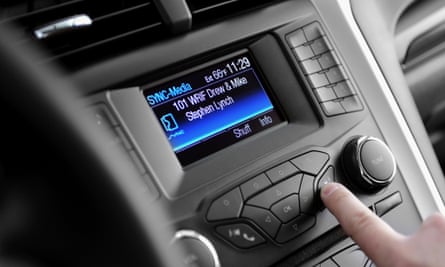
Microsoft has been doing in-car technology and mobile phone connectivity since 1998, when the AutoPC was released as a joint project between Microsoft and in-car equipment manufacturer Clarion.
The Auto PC evolved into Windows CE for Automotive in 2000, changing name to Microsoft Auto before being officially renamed Windows Embedded Automotive (WEA) in 2010.
Microsoft powers three different car manufacturers’ in-car systems, most famously Ford’s often-clunky Sync system, which launched in 2007 and enables users to control the radio and other in-car entertainment features via voice, as well as make and manage calls on a connected phone. It is available in a range of Ford cars, including the Focus and Fiesta in the UK.
Fiat’s Blue&Me in-car system that connects to a mobile phone via USB or Bluetooth is powered by Microsoft’s WEA, and is available in cars from Fiat, Alfa Romeo and Lancia.
Kia’s first generation of its UVO voice and touch-control infotainment system also used Microsoft’s WEA, but Kia switched to an Android-powered UVO system in 2014.
The GENIVI Alliance camp
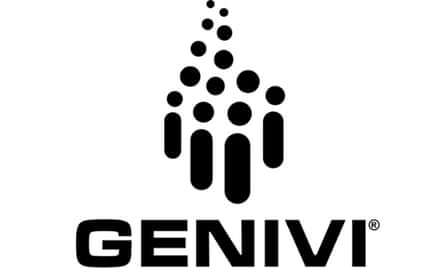
If having three separate camps wasn’t enough to complicate the in-car market, a separate group called the GENIVI Alliance formed in 2009 has been working on an in-car system built around Meego, the operating system abandoned by Nokia.
The Alliance aims to drive adoption of an open-source development platform for cars, and was founded by BMW, Intel, General Motors and others, with Volvo, Nissan, Honda, Hyundai, Jaguar Land Rover and Renault numbered among the members.
The Connected Car Consortium camp
The final contender for the in-car space is the Connected Car Consortium’s MirrorLink, a system that displays apps and functions from smartphones on a car’s screens controllable via touchscreen or buttons.
It boasts a wide range of device compatibility, with audio streaming as well as screen mirroring available for various smartphones and other devices.
MirrorLink started off life as a Nokia project called Terminal Mode first presented in 2009 before being renamed MirrorLink in 2011. By 2012 the Connected Car Consortium had 56 members including car manufacturers such as General Motors, Honda, Hyundai, Toyota and Volkswagen, as well as smartphone manufacturers LG, Sony, HTC and Samsung.
Sony’s Xperia Z series of Android smartphones included the MirrorLink capability, but few cars were equipped with the technology, with most relying on aftermarket car stereos from Sony and Alpine to provide compatibility.
Multi-campers

It is unclear quite how the new in-car connectivity camps are going to co-operate, if at all. Certain cars may only come equipped with compatibility for the iPhone – others may only be capable of connecting to an Android smartphone for instance.
However, a few car manufacturers sit across different camps. Ford for example, currently uses Microsoft’s systems but is also signed up to Apple’s CarPlay. Kia uses Android for its current in-car systems, but is also a CarPlay member.
General Motors, which produces Vauxhall cars in the UK, is signed up to both Apple’s CarPlay and Google’s OAA as well as the GENIVI Alliance, and so are Honda and Hyundai, which means drivers might get the choice of Android or iPhone compatibility at the point of buying a new car.
It is entirely possible that OAA cars could support Apple’s CarPlay as the systems currently being shown off by Ferrari, Mercedes and Volvo at the International Motor Show in Geneva run atop BlackBerry’s QNX software, which has been adopted by the automotive industry because of its history of reliability.
Unless Apple specifically excludes the OAA in its licensing agreements for CarPlay, some cars could default to Android but switch to iPhone connectivity when an iPhone is plugged into the system. How that would work for the driver is unknown at this point, but either way 2014 promises the most interesting and exciting technology to hit in-car systems in decades.
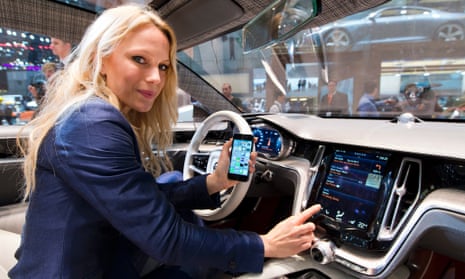
Comments (…)
Sign in or create your Guardian account to join the discussion